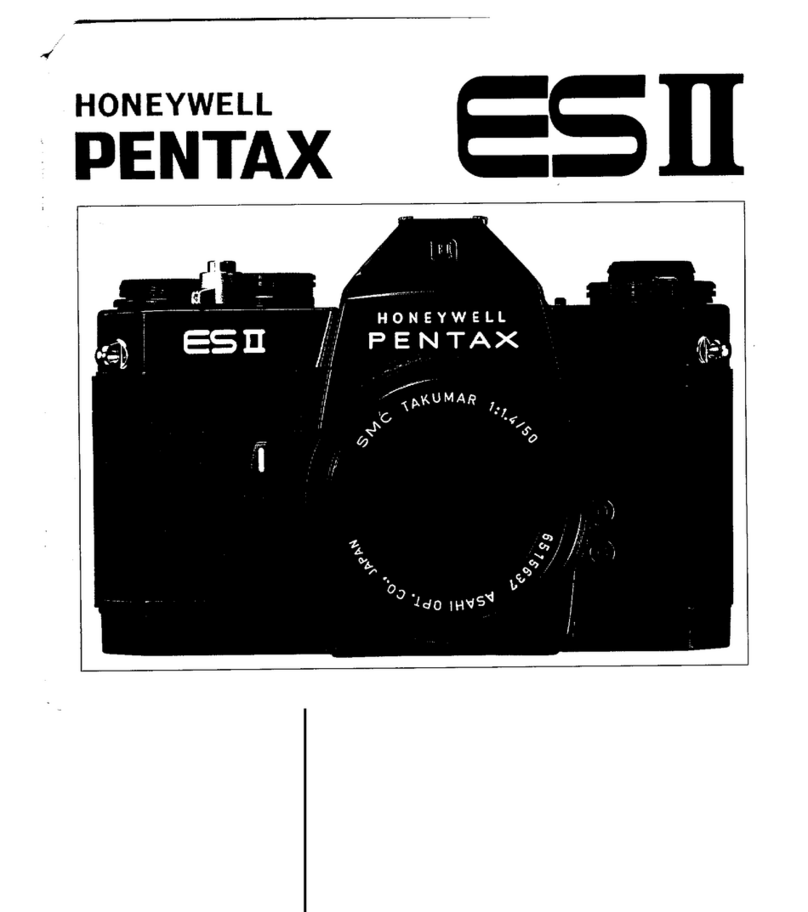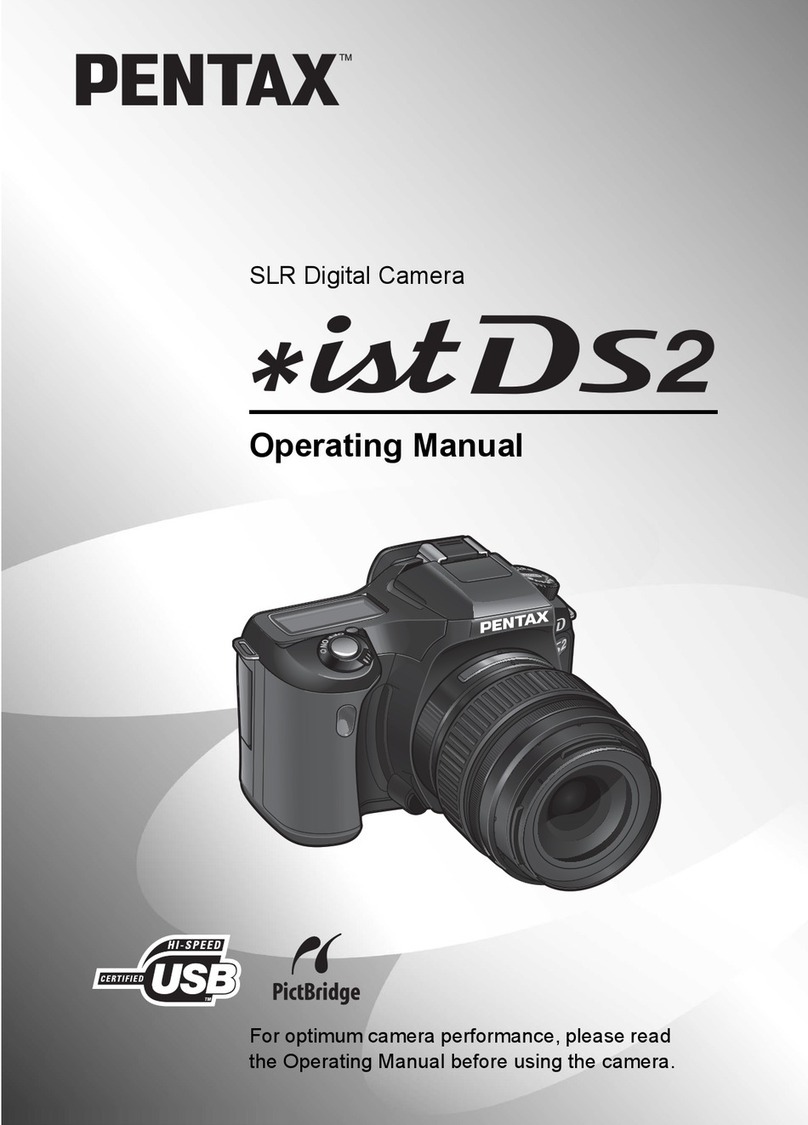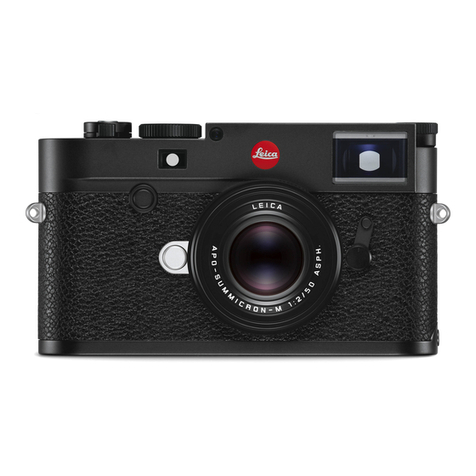Pentax PC35AF-M SE Date User manual
Other Pentax Digital Camera manuals
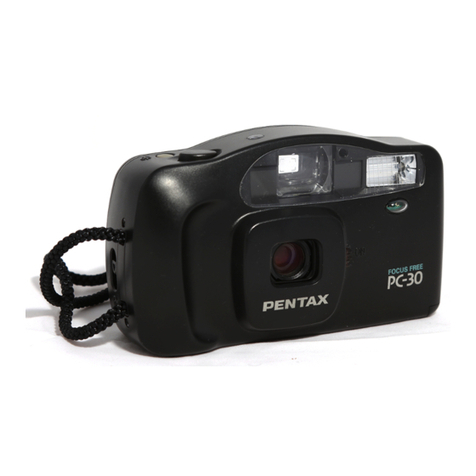
Pentax
Pentax PC-30 DATE User manual

Pentax
Pentax 19156 User manual
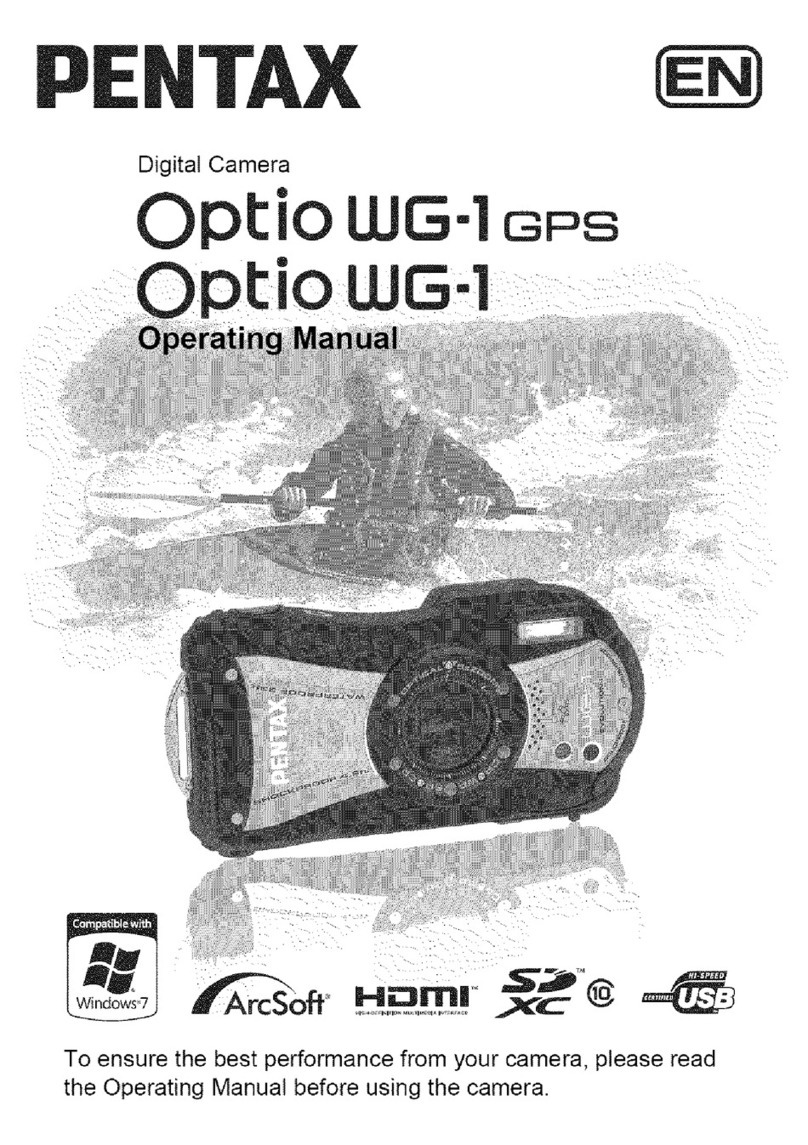
Pentax
Pentax Optio WG-1 GPS Gray User manual

Pentax
Pentax Optio M30 User manual

Pentax
Pentax OPTIOS7 - Optio S7 Digital Camera User manual

Pentax
Pentax PC-33 DATE User manual
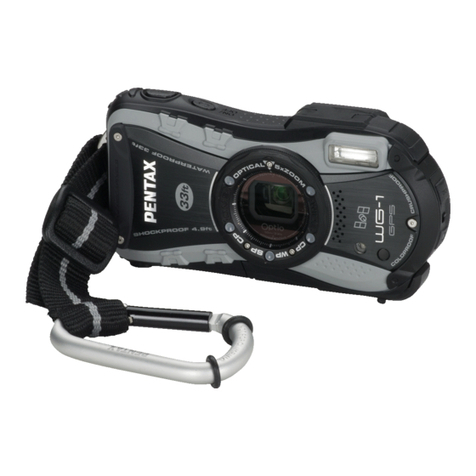
Pentax
Pentax Optio WG-1 GPS Gray User manual

Pentax
Pentax K200D - Digital Camera SLR User manual
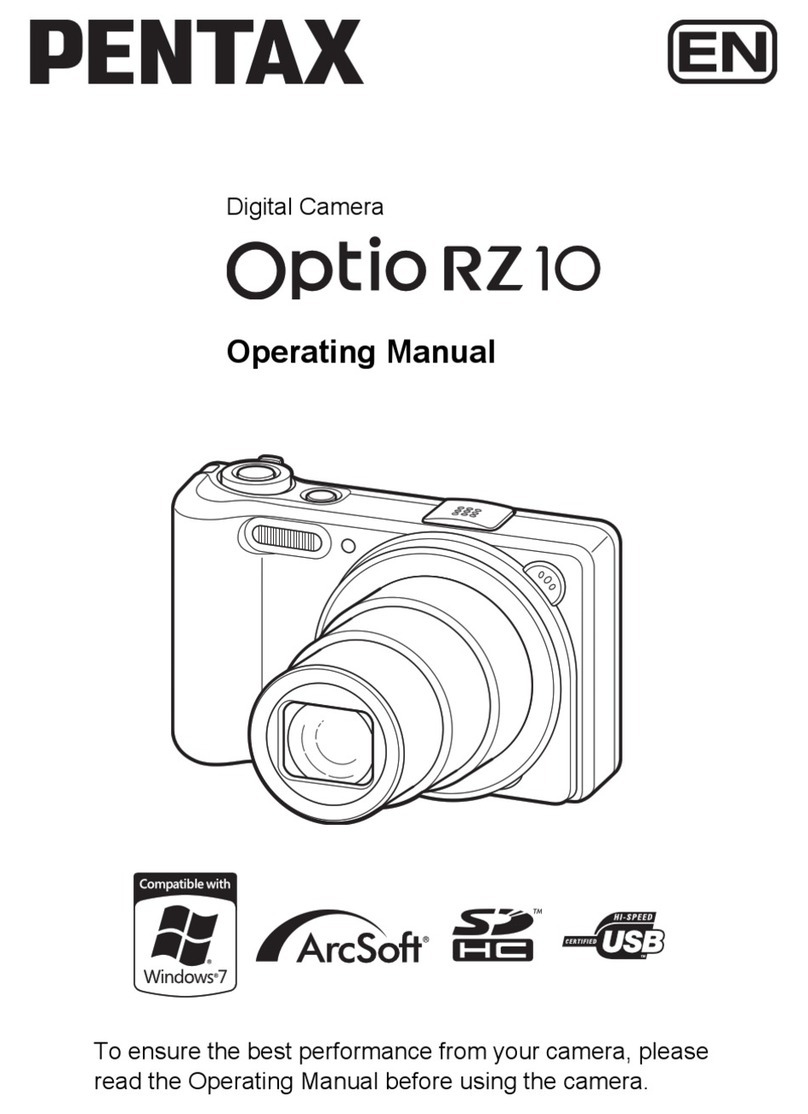
Pentax
Pentax Optio RZ10 User manual
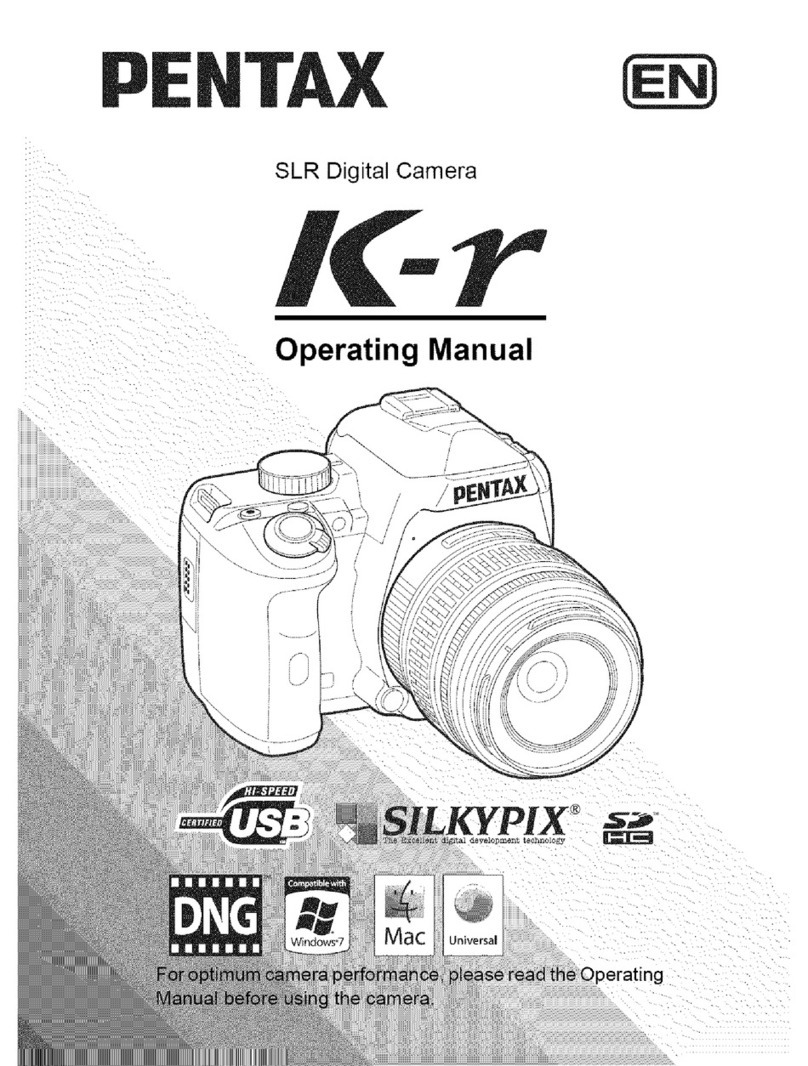
Pentax
Pentax K-r User manual
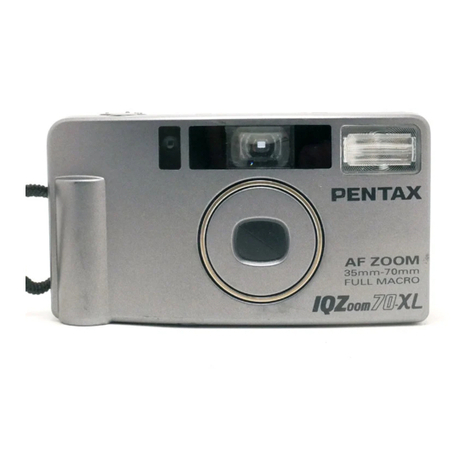
Pentax
Pentax IQZoom 70-XL Date User manual
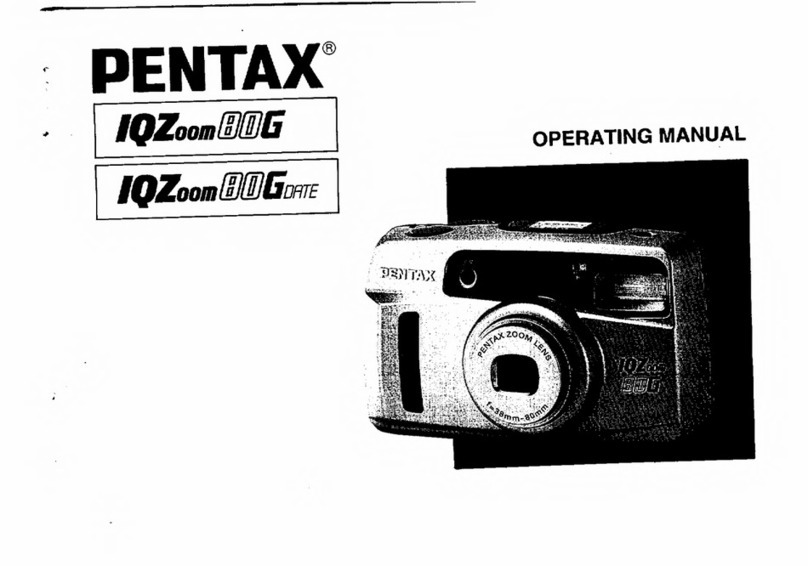
Pentax
Pentax IQZoom80G User manual

Pentax
Pentax 76670 User manual
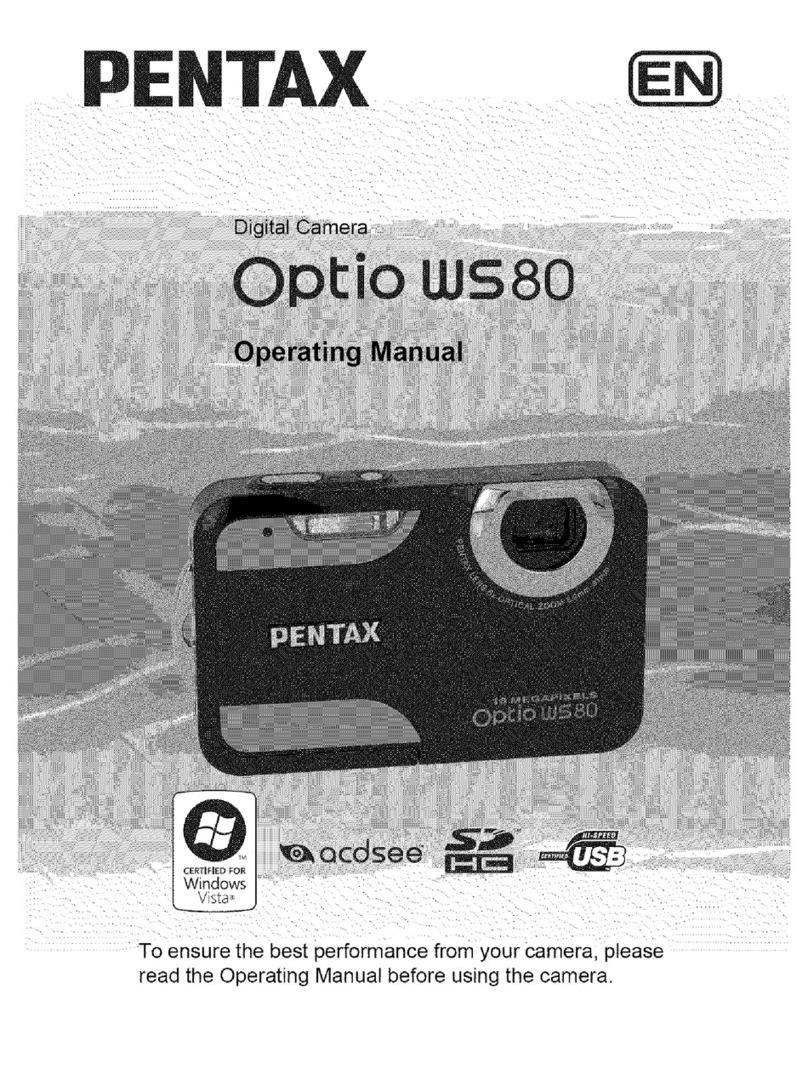
Pentax
Pentax WS80 - Optio Digital Camera User manual
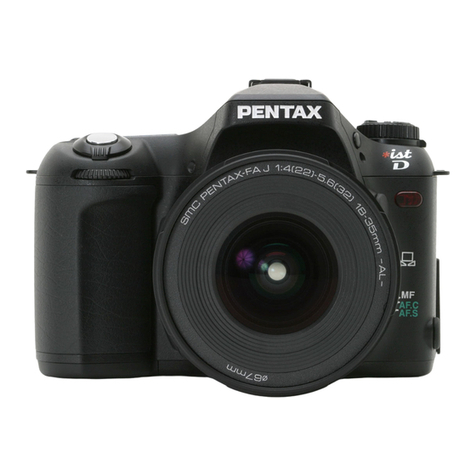
Pentax
Pentax *istD User manual
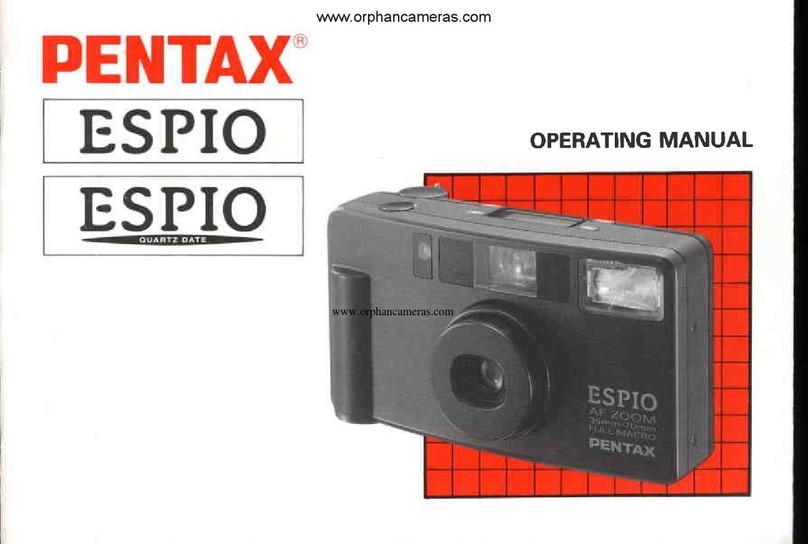
Pentax
Pentax Espio User manual
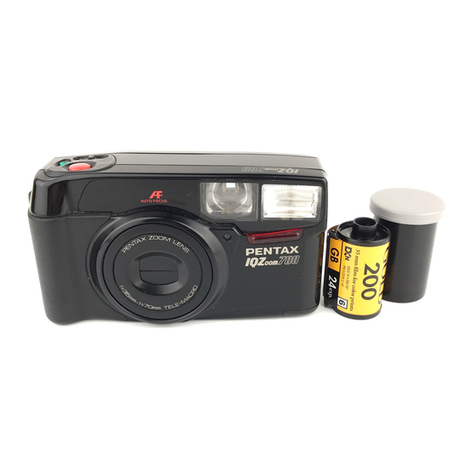
Pentax
Pentax IQZoom 700 User manual

Pentax
Pentax Optio H90 Orange User manual

Pentax
Pentax Optio WG-1 GPS Gray User manual
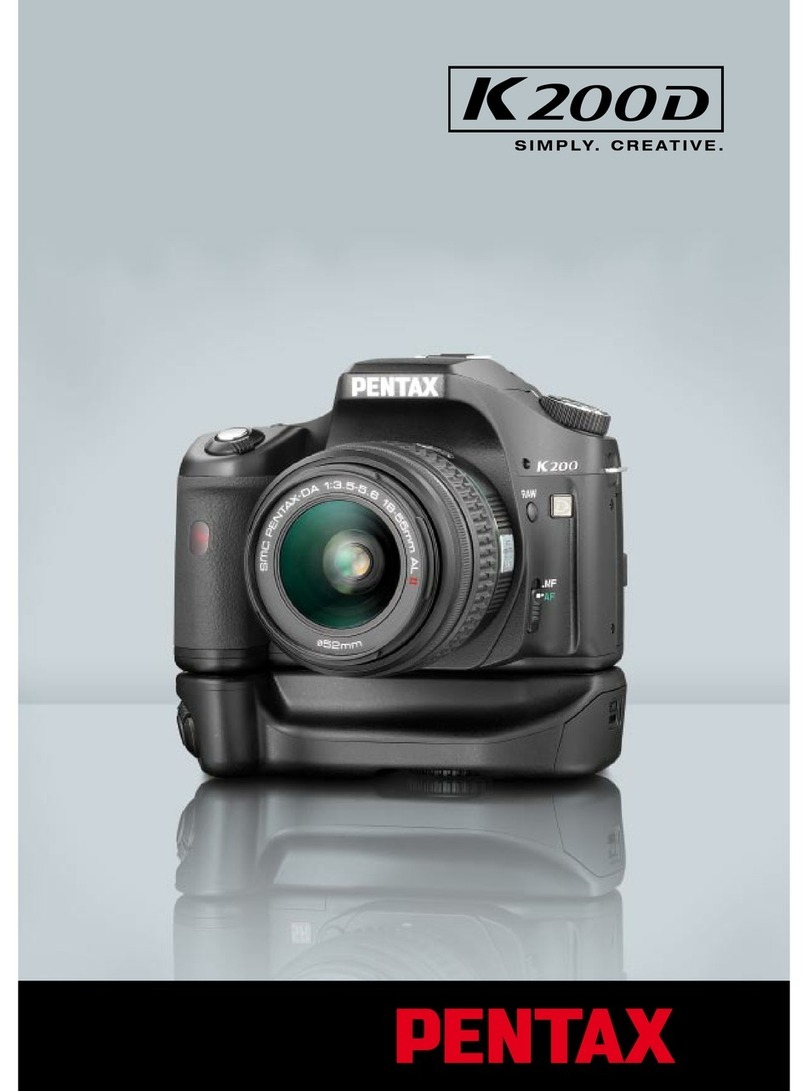
Pentax
Pentax 19554 User manual
